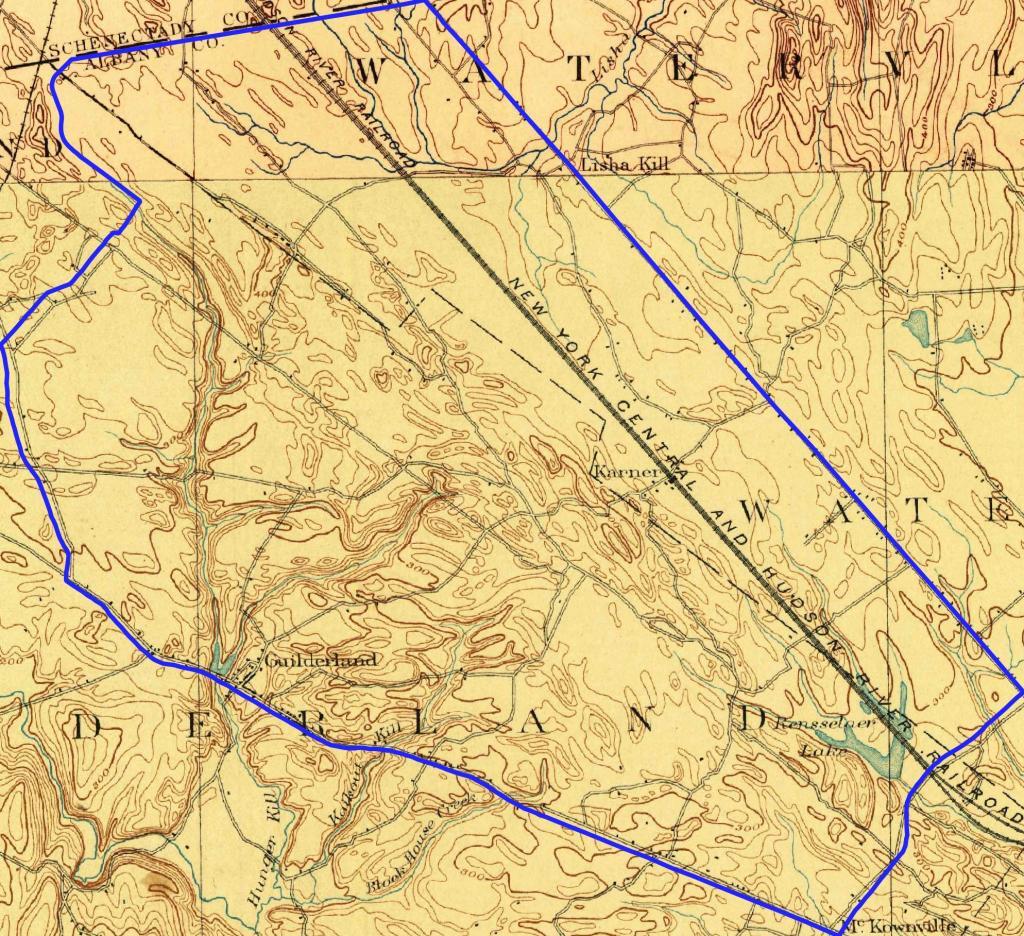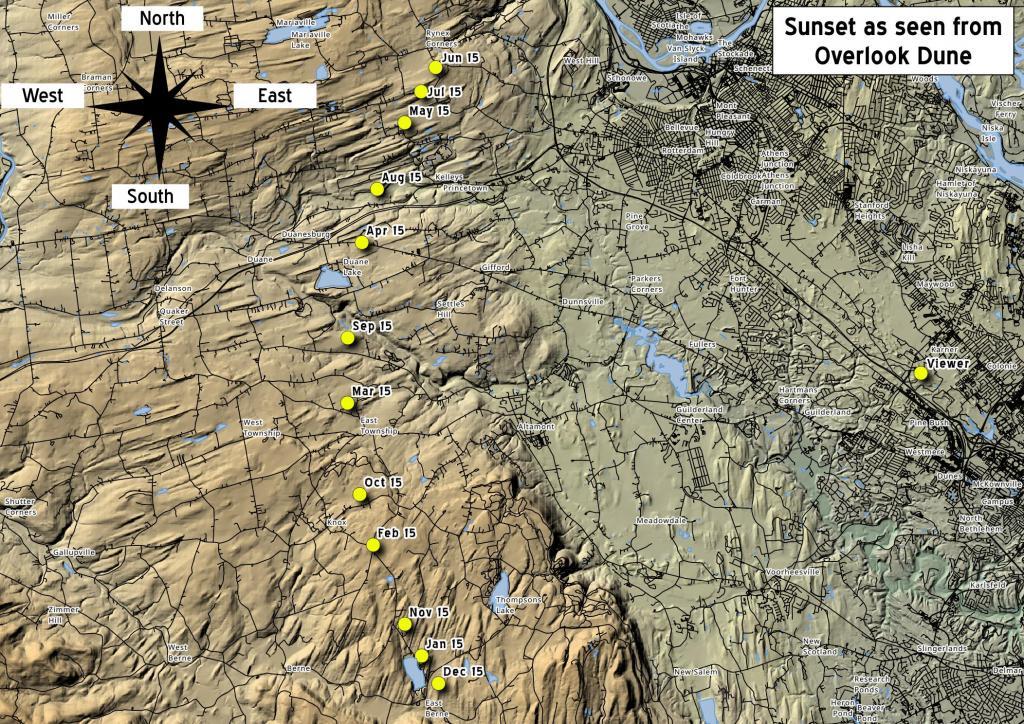Albany Pine Bush
Albany Pine Bush Study Area 1893
While roads and railroad tracks crossed the Albany Pine Bush in 1893, and parts of the area were farmed, most was still in tact Pine Bush.
Clouds
Old Karner Road vs Today
A look at the routing of Karner Road through two aerial photos.
LEFT - New Karner Road 2021
RIGHT - Karner Road, 1952
Natural Communities in Albany Pine Bush.jp
Sunset Throughout the Year from Overlook Dune
If you watch the sunset from Blueberry Hill or Overlook Dune in the Albany Pine Bush it will setting right over Horseshoe Clove at Thatcher Park this time of year. But come June, the sun will set north of Settles Hill.





